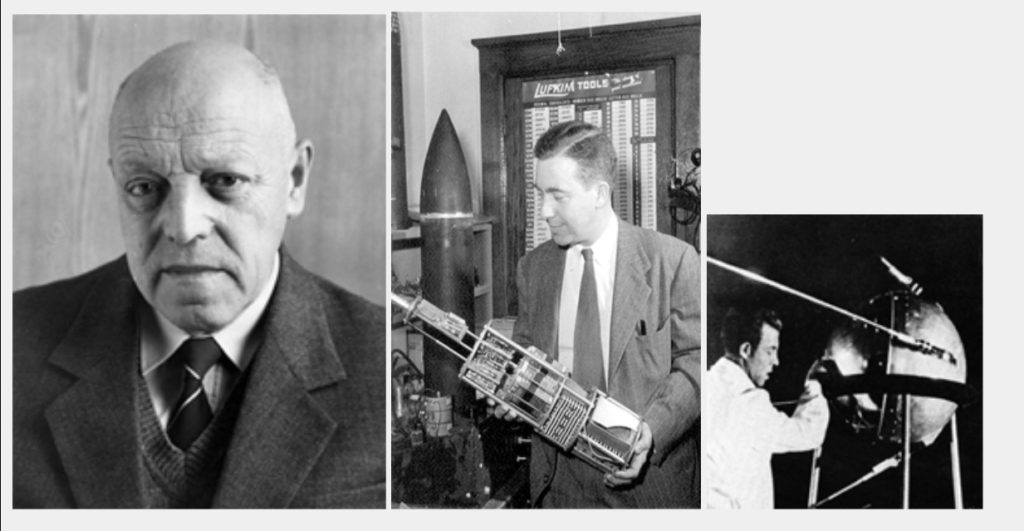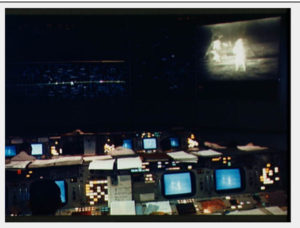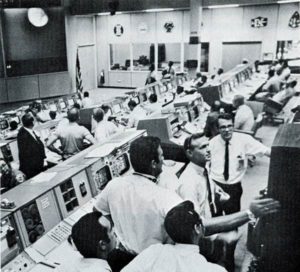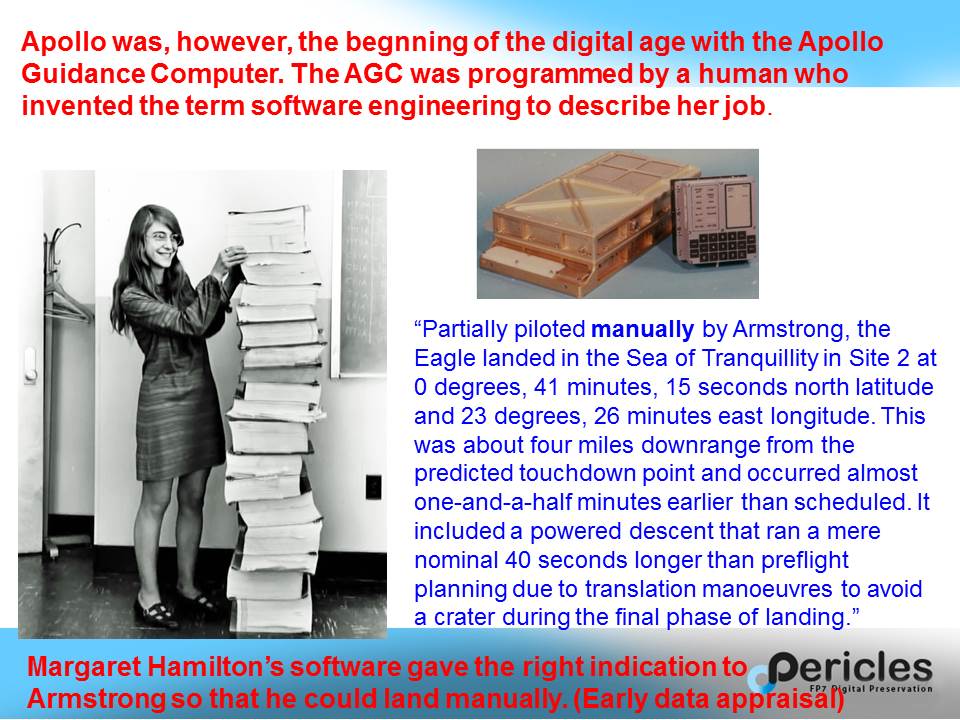| Expected learning outcome for this Part | Consciousness of the space age and its evolution | Level of advancement for this Part | Beginner | Approximate time to complete this Part | 8 min. |
The space age began with the International Geophysical Year of 1957-1958 when two major launcher developing nations announced that they would contribute through the launch of artificial satellites for the study of the external Both first satellites succeeded beyond expectation in terms of atmospheric and solar influences on the orbit as well as interactions of the earth magnetism with the space environment. Succeeding manned and automatic satellites proved the capabilities of space platforms for earth observations, space science, astronomy and finally solar system exploration. Systematic observations began in the seventies and thus continuous amount of data have been flowing to earth since. This module describes the attitudes encountered during and after data acquisition in the early stages of this history.

Fig. 1: Space scientists of the first satellites, James Van Allen and Constantin Gringauz. They followed their instruments from early design to launch. Constantin Gringauz even started the battery of the Sputnik radio transmitter on the launch pad.


Fig 2 and 3.: Apollo, 10 years later; 6,000 engineers are on console. The data flow both in commanding and downloading data is no longer under the control of the scientists who designed the experiments. The scientists reappear at data analysis.

Fig. 4.: Apollo already had digital command and data; however, most of the data came back on argentic film, analogue telemetry and especially samples.

Fig. 5: An example of data flow in a present space experiment: the data of an International Space Station experiment as processed by B.USOC (Belgian Users Support and Operation Centre, 2016). Data are generated on the ISS and the operation centre (B.USOC) manages data and commands either through NASA (POIC) or ESA (Col-CC). B.USOC did not yet have to manage experiments in the Russian or Japanese segments of the ISS. The scientist receives the data he has requested to generate his science products at his User Home Base (UHB); AIRBUS represents the industrial support to COLUMBUS. A lot of payloads managed by B.USOC also demand interactions with other industrial partners such as THALES-ALENIA. In this process, the metadata associated with the science data flow represent more than 50 classes of documents
